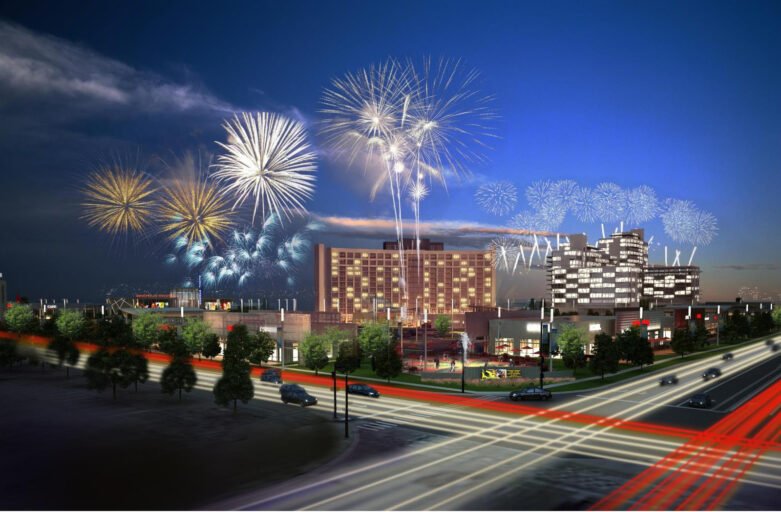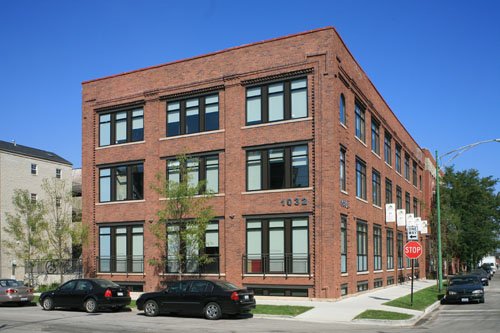In today’s fast-paced world, architecture is no longer limited to bricks, concrete, and design blueprints. Modern buildings are evolving into intelligent ecosystems that adapt to human needs, improve efficiency, and create healthier living environments. This transformation is powered by the integration of smart technology into architectural design. From energy management to automation, “smart architecture” is redefining how we interact with spaces.
1. What is Smart Architecture?
Smart architecture combines traditional design principles with advanced digital technologies. It focuses on creating buildings that are energy-efficient, sustainable, and highly functional. Using tools like IoT (Internet of Things), AI, and automation systems, architects can design structures that respond dynamically to environmental conditions and user behavior.
For example, smart lighting systems automatically adjust brightness based on the time of day, while intelligent HVAC systems optimize temperature and air quality to reduce energy waste. These innovations go beyond aesthetics – they directly impact comfort, health, and cost savings.
2. Key Features of Smart Buildings
-
Energy Efficiency: Solar panels, smart meters, and green roofs reduce energy consumption.
-
Automation: Voice-controlled lighting, climate control, and security systems simplify daily life.
-
Data-Driven Insights: Buildings equipped with sensors collect data to predict maintenance needs, enhancing safety and longevity.
-
Sustainability: Integration of renewable energy and eco-friendly materials aligns with global sustainability goals.
3. Benefits for Homeowners and Businesses
Smart architecture offers benefits that go beyond convenience:
-
Lower Operating Costs: Automated energy systems reduce monthly bills.
-
Improved Comfort: Personalized settings create a healthier indoor environment.
-
Enhanced Security: Smart surveillance and access control boost safety.
-
Future-Readiness: As cities evolve into smart cities, these buildings will stay ahead of the curve.
For businesses, smart offices improve employee productivity by optimizing workspace layouts, lighting, and air quality. For homeowners, smart homes provide convenience and peace of mind.
4. The Role of Architects and Designers
Architects now play a crucial role in merging technology with design. Instead of only focusing on visual appeal, they must also consider connectivity, sustainability, and user experience. Collaboration with engineers, IT experts, and sustainability consultants is essential to deliver future-ready buildings.
5. Looking Ahead
The future of smart architecture is exciting. With advancements in AI, renewable energy, and sustainable construction, we are moving toward buildings that not only house people but actively support their lifestyle and well-being. Imagine skyscrapers that generate their own power, homes that learn your habits, and offices that adapt to your workflow – this is the reality that smart architecture is creating.
Conclusion
Smart architecture is no longer a futuristic idea; it’s a growing reality. By embracing technology, architects and designers are shaping buildings that are intelligent, efficient, and sustainable. As the demand for smarter spaces increases, architecture will continue to evolve, creating a harmonious balance between design, technology, and human experience.



